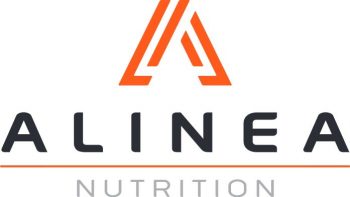*Geek Box: Exposure Contrasts in Nutritional Epidemiology
Nutritional epidemiology faces two particular challenges when it comes to assessing diet-disease relationships: narrow variability in daily intake, and measurement error in dietary assessment methods. Dietary intake tends to vary within a narrow range; we don’t tend to go from eating 5% fat one day to 55% the next. And for nutrients, once we are within an adequacy range of intake, we may be talking about gram or milligram differences in intake.
Take sodium, for example; we may often be trying to compare 1,500mg to 3,000mg. The relevance of this is that the size of the difference in intake will generally relate to the effect size of the result. If we compared the effects of 15g fibre per day vs. 11g fibre per day, we may not see a big difference in any biological outcomes: if we compared 40g per day to 11g per day, we would see some significant differences in the effect of fibre. In nutritional epidemiology, intakes of the food or nutrient of interest will be divided up into levels: tertiles [thirds], quartiles [fourths] or, commonly, quintiles [fifths].
Often, ’null’ results or a lack of effect may simply reflect that there wasn’t an adequate contrast in exposures. Therefore, one place to always look in the data of a prospective cohort study is the tables which show the levels of intake per unit of the exposure. For example, in this study, total diary intake in calories per day ranged from 394kcal/d in the highest quintile to 29kcal/d in the lowest; total calcium ranged from 2057mg/d in the highest quintile to 577mg/d in the lowest. These are sufficiently wide variations in exposure to determine a ’true’ effect of comparing the high vs. low quintiles.
